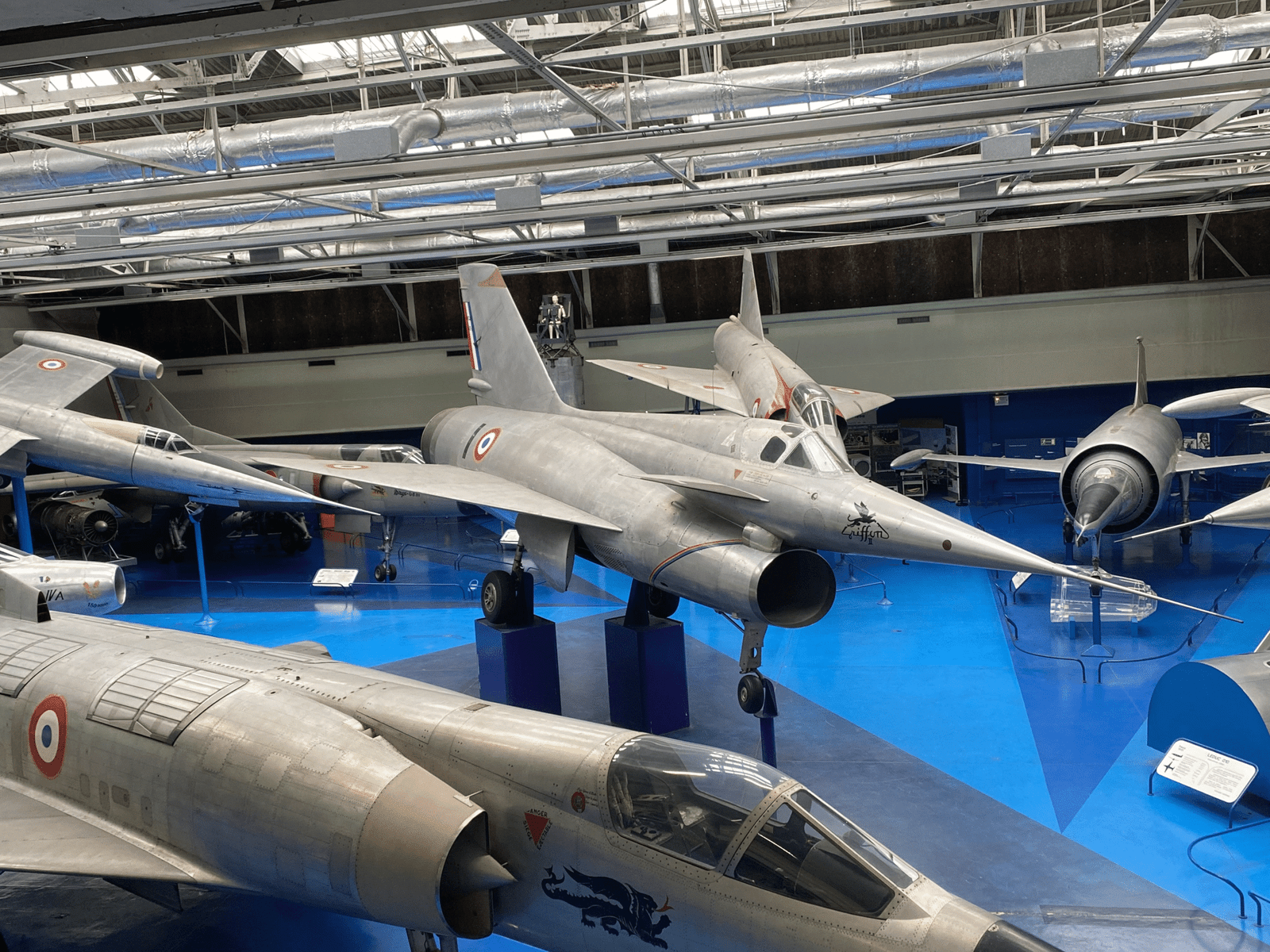
The Nord 1500 Griffon was one of those unusual aircraft that resembled a science experiment more than a front-line weapon. In the 1950s, France was intent on pushing the boundaries of jet propulsion and speed, and the Griffon was the focal point of that endeavor. It wasn’t designed for fighting so much as to be a flying test lab—a means of determining how far ramjet technology could propel a manned aircraft and if flight beyond Mach 2 was even possible.

The tale started in 1953, when the French government ordered two experimental planes to explore new aerodynamics, like delta and swept wings. To prepare, engineers at Arsenal de l’Aéronautique (later SFECMAS) built a wooden glider, the Arsenal 1301, which could swap out wing types and even use small canards. This adaptable testbed provided crucial data and led to three proposed interceptors: the 1400, the 1500, and the ambitious 1910. The 1400 evolved into the Nord Gerfaut, the 1500 became the Griffon, while the 1910 never got past drawings.

What really made the Griffon stand out was its unorthodox powerplant. Rather than use a single engine, it combined a regular turbojet with a ramjet—a beautiful but complex solution. The SNECMA Atar 101G turbojet gave the plane a boost to get it moving, and once moving at sufficient speed, the Nord Stato-Réacteur ramjet took over to deliver the bulk of the power.

The problem was, ramjets only function under high-speed conditions. They require the plane to be flying extremely rapidly—around 1,000 km/h or faster—before starting. In action, however, the ramjet turned the Griffon into a supersonic plane, propelling it past Mach 2.

The mechanism was straightforward: forward motion of the plane forced air into the engine and compressed it without any compressors or turbines. In practice, it was brilliant, but it only succeeded due to the turbojet first accelerating the plane to speed.

The Griffon’s structure was designed to support supersonic flight stresses, although available materials at the time limited how supersonic it could manage to go. Without a heat-resistant alloy available then, the plane suffered a lot of thermal stress at maximum speeds.

The ramjet itself might also be erratic at mid-range speeds, where it had problems with efficiency. Nevertheless, the Griffon achieved some impressive feats. It flew for the first time on September 20, 1955, and only a few years later, in 1959, it achieved a closed-course world speed record of Mach 2.19.

Even with these achievements, the Griffon was eventually replaced by simpler designs. The Dassault Mirage III, which was much simpler and cheaper, demonstrated that with a good design, a turbojet fighter could perform as well as a dual-engine setup without all the complexity. Only two Griffons were ever finished before the program was disbanded.

One of those prototypes remains today at the French Air and Space Museum at Le Bourget—a dramatic testament to a time when experimentation and innovative engineering were propulsive forces in aviation.

The Griffon’s greatest value lay not in its own achievements but in what it taught. It provided precious insights into high-speed aerodynamics, ramjet propulsion, and supersonic engineering. These lessons would eventually influence interceptor development and ramjet-powered missile creation.

While ramjets eventually became a part of missile technology instead of piloted aircraft, the Nord 1500 Griffon is an interesting reminder of aviation’s adventurous spirit. It is a testament that bold experiments-even those that never become mainstream-leave behind a lasting innovation legacy.
